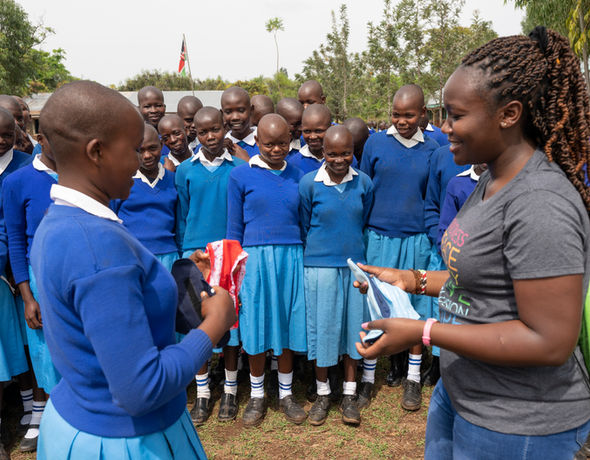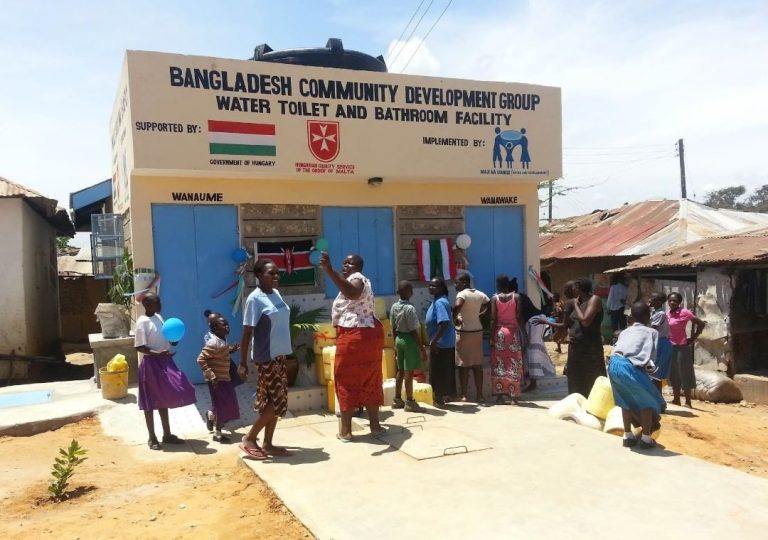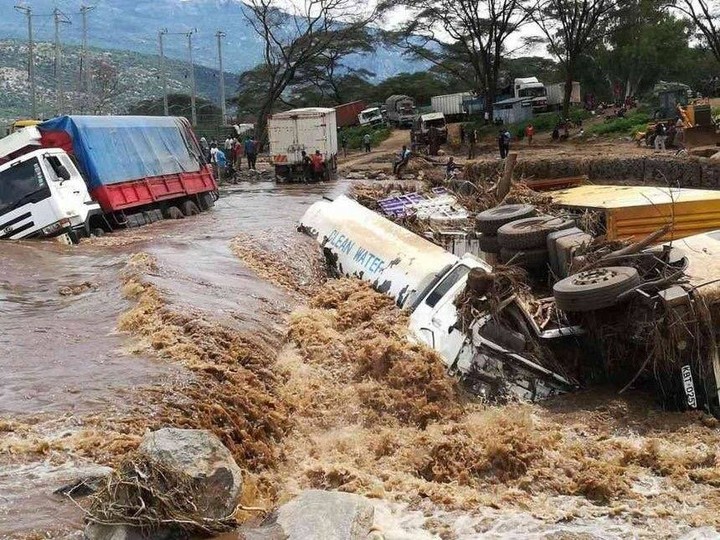Menstrual hygiene in Kenya is not a luxury—it is a human right. Yet thousands of girls in informal settlements are forced to skip school, fall behind, or drop out completely due to a lack of access to menstrual products, water, sanitation, and supportive environments.
In this article, we’ll explore why menstrual hygiene matters for education, the challenges girls face in Kenya’s informal settlements, the cost of silence, and how Maji na Ufanisi is taking action—and how you can help.
Also Read:The Impact of Menstrual Hygiene on School Attendance and Performance
A Detailed Explanation: What’s Behind the Absenteeism
Girls living in informal settlements like Kibera, Mathare, and Bangladesh in Mombasa face deep poverty. A single packet of sanitary pads costs about KSh 100. For families earning less than KSh 200 a day, menstrual products are out of reach.
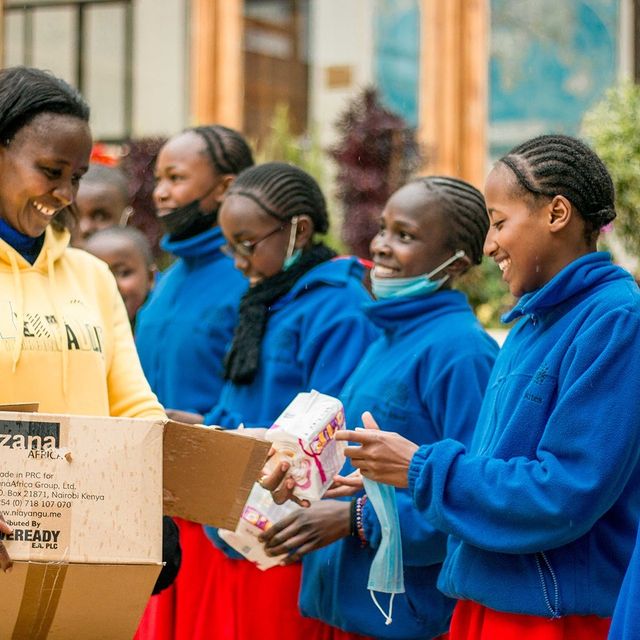
The result:
- Girls miss 3 to 5 days of school each month.
- That adds up to 39 days a year—nearly a full term.
- Many fall behind and eventually drop out.
Some resort to unhygienic alternatives like rags, newspapers, or mattress stuffing. These can cause infections and discomfort, leading to shame and withdrawal from school activities.
The School Environment Isn’t Helping
Even when girls attend school, the environment isn’t built for their needs. In informal settlements:
- Toilets are shared with boys or staff, often without locks or privacy.
- No running water means girls can’t wash their hands or reusable products.
- No disposal bins which forces girls to hide or carry used products.
- No pain relief or counseling makes menstruation even harder.
For adolescent girls navigating puberty, these conditions are humiliating.
Menstruation Is Still Taboo
Cultural silence around menstruation worsens the situation. Many girls report they weren’t told about periods until they experienced their first one. Without proper education:
- They panic or think they are sick.
- They don’t know how to use sanitary pads correctly.
- They hide their periods and avoid asking for help.
Boys often tease them if they leak, reinforcing the shame. Teachers, both male and female, rarely receive training on how to support menstruating students.
This silence breeds stigma. And stigma isolates.
The Cost of Menstrual Poverty
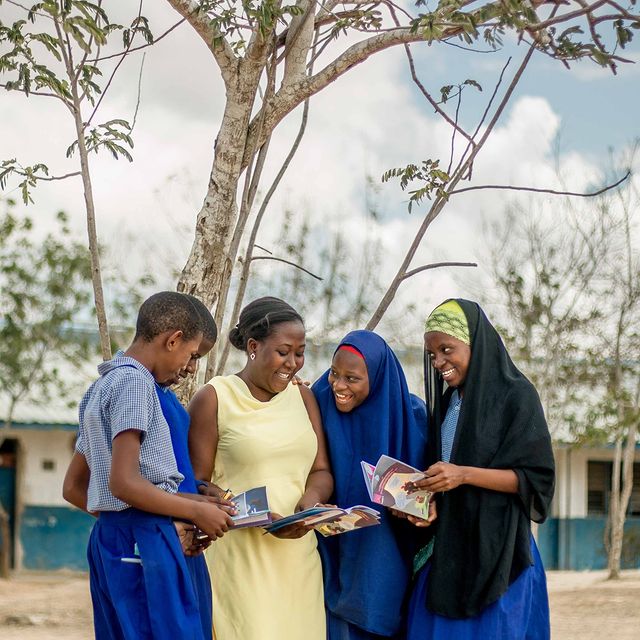
Menstrual hygiene is linked to:
- School performance
- Self-esteem
- Future income potential
- Health and dignity
When girls miss school during menstruation, their academic performance drops. They are more likely to repeat classes or drop out. Many enter early marriages or informal jobs to survive.
This cycle continues across generations.
According to the Ministry of Health in Kenya:
- 65% of women and girls in the country cannot afford sanitary pads.
- Nearly 1 in 10 girls in Sub-Saharan Africa misses school during menstruation.
How Maji na Ufanisi Is Helping with Menstrual Hygiene in Kenya—and How You Can Help
Maji na Ufanisi (MNU) is working in informal settlements to provide safe, dignified, and private sanitation solutions for girls. Their approach combines infrastructure, education, and advocacy.
1. Menstrual Hygiene-Friendly Sanitation Blocks
MNU has built and upgraded school and community sanitation facilities that:
- Have separate, lockable toilets for girls
- Provide water access for washing and cleaning
- Include disposal bins for sanitary waste
These facilities are managed by trained youth, many of them women, creating jobs and ensuring long-term maintenance.
2. Distribution of Reusable Pads
MNU partners with local women’s groups to produce and distribute affordable reusable pads. These are:
- Environmentally sustainable
- Cost-effective (lasting up to 1 year)
- Accompanied by training on usage and care
Girls no longer have to skip school due to lack of products.
3. Menstrual Education and Training
MNU runs workshops in schools and communities to:
- Teach girls about menstruation before it starts
- Train teachers to be supportive and informed
- Include boys in menstrual education to reduce stigma
This breaks the silence and builds empathy.
4. Policy Advocacy
Maji na Ufanisi is working with county governments and the Ministry of Health to:
- Mainstream menstrual hygiene in WASH policies
- Increase budget allocation for menstrual products in public schools
- Recognize menstrual dignity as a right
Their work in Mombasa and Nairobi is being used as a model in other counties.
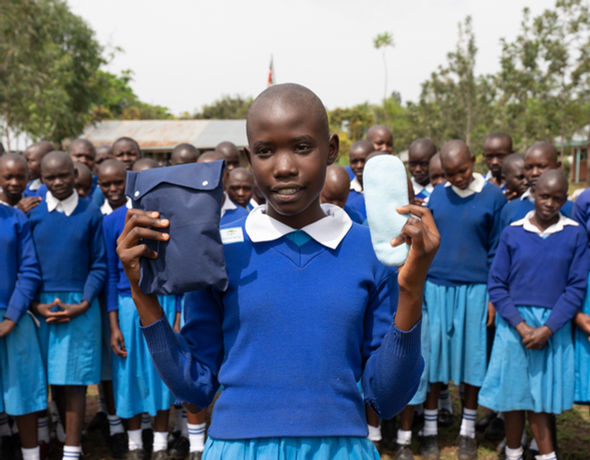
You Can Be the Reason a Girl Stays in School
Every girl deserves dignity. Every girl deserves education.
Menstrual hygiene is not charity. It’s justice.
When you support organizations like Maji na Ufanisi, you:
- Keep girls in school
- Prevent early marriages
- Improve mental and physical health
- Create jobs for women
- Build safer communities
Act now. Donate, partner, or spread the word. Your action helps girls in Kenya reclaim their right to education and dignity—one period at a time.
10 Common Questions About Menstrual Hygiene in Kenya
1. Why do girls miss school during menstruation?
Because they lack access to menstrual products, private toilets, and supportive environments.
2. Are sanitary pads provided in Kenyan schools?
Not consistently. Government programs exist but often face stockouts and funding gaps.
3. What is menstrual poverty?
Inability to afford or access safe menstrual products, education, and hygiene facilities.
4. How do girls manage menstruation without products?
They use unsafe alternatives like rags or paper, or stay home from school.
5. Are reusable pads safe?
Yes. When washed and dried properly, they are safe, sustainable, and affordable.
6. Do boys get menstrual education?
Rarely. Including boys reduces stigma and improves school environments for all.
7. How does menstruation affect mental health?
Shame, teasing, and isolation increase anxiety and depression among adolescent girls.
8. What’s being done at the policy level?
Some counties include menstrual health in their WASH budgets, but national efforts are inconsistent.
9. What can donors do to help?
Support programs that provide products, education, and safe sanitation facilities.
10. How much does it cost to support one girl’s menstrual needs?
Roughly KSh 1,000 per year with reusable products and education.

